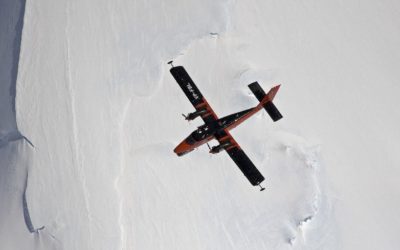
Airborne science and technology
Discover the UK's national capability to support science from the air
Innovative technologies and techniques enable scientists to make huge advances in knowledge and understanding. We observe the Earth from space, from beneath the ice and deep in the ocean. Our specialist engineers develop instruments that work in the most extreme environment on Earth; and our climate modelers partner with research teams around the world to apply super-computing power to answering big questions about our future.

Discover the UK's national capability to support science from the air
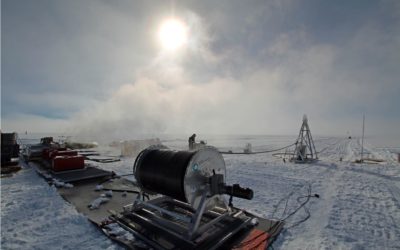
Accessing subglacial environments
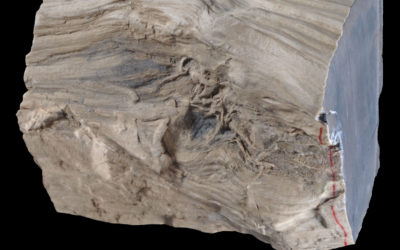
The Earth beneath our feet
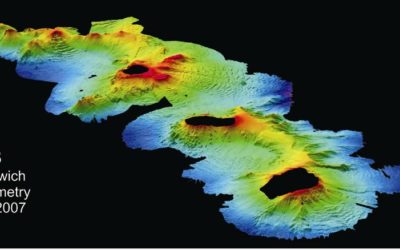
Mapping the seabed
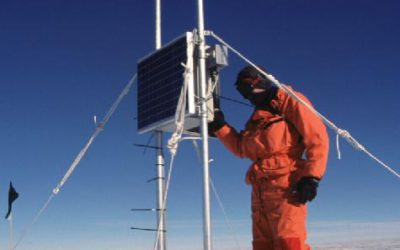
The LPMs operate unmanned all year round, including the long winter
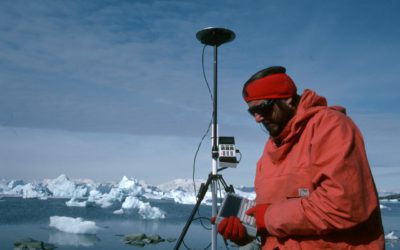
Global Positioning System (GPS) data gives us accurate positions for ground features, which are required for compiling our maps

In Antarctica adequate communications can be a matter of life and death
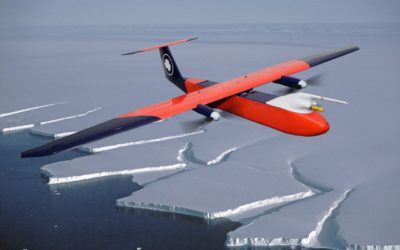
The British Antarctic Survey (BAS) took delivery of four Unmanned Aerial Vehicles (UAVs) late in 2006
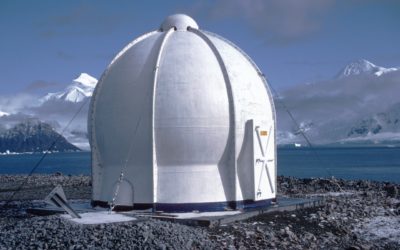
Remote sensing techniques provide observations of the physical environment from instruments mounted on aircraft or satellites